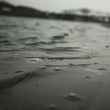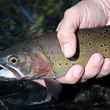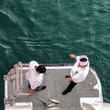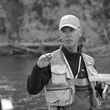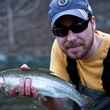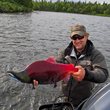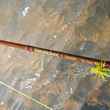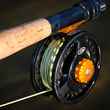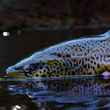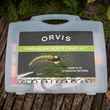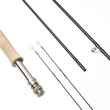If you've recently found yourself out on the water casting one of the fast action fly rods in Sage's ONE series, musing to yourself about how you wish it were even faster, muse no more. Sage announced today its new METHOD fly rod series, which it describes as a blend of "ultra-fast action" and technology.
The new METHOD series, like the ONE series and other rods throughout Sage's lineup, is built on Sage's Konnetic technology. According to Sage, the new METHOD series produces "high line speeds and tight loops for extreme distance and wind-cutting casts all while maintaining critical accuracy and feel."



